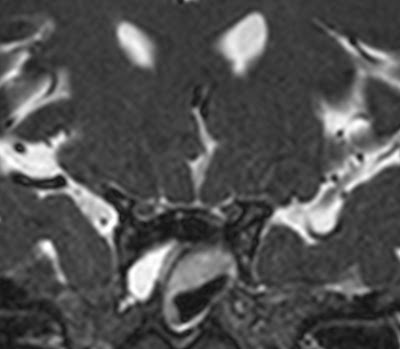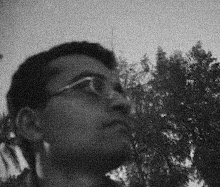Twelve year old girl with bitemporal hemianopic defect. Hormonal values are normal.
Thinking of translamina terminalis approach versus pterional or both! May be drill the tuberculum sella also.
Hope everything goes fine... [I would have waited for a better microscope, but her parents are getting increasingly desperate after visiting four different hospitals. Any more delay, they might not come back]
Outcome:
Ok, As planned: Sinusoidal stealth incision for Souttar like flap , bifronto-right temporal craniotomy [keeping open the option of right pterional approach], dissection of optic tracts, basal interhemispheric dissection, translamina terminalis approach, switch to right pterional approach. Abdominal fat graft was taken thru umbilical incision.
Problems:
Small dural tear at the burr hole site. The new Midas rex gold legend [first time I am using this] has to be used carefully if you are using the acorn head for making a burrhole. No perforator attachment was bought.
Lost an olfactory tract during early part of tumor decompression. [Preserving the tract is an indicator of the gentleness of retraction, dissection and surgery in general]
Quite satisfactory excision could be achieved after opening the LT. Basilar bifurcation and stalk could be seen after tumor removal.
However, the retrochiasmatic and sellar part of the tumor could not be well visualised. [this was expected.] See diagram: the red line is the line of sight if one doesnt take the eclipsing tuberculum sellae out. The blue is perhaps what it would be after removing the yellow outline of tuberculum sellae

Tried to take the retrochiasmatic part after taking the pterional route basically using the carotico- optic space, but wasnt so effective. Thought abt drilling of the tuberculum to access the sellar part through below the chiasm. [Why didnt I? May be "end-of-surgery-apprehension syndrome": Will I injure the chiasm using the drill?]
Post op: Recovered well remarkeably. Thought she might have severe hypothalamic disturbance. Required a few doses of vasopressin for two days. Then urine output decreased. [? triphasic response]
Postop scan after around eight days:


Exactly as expected: Enhancing tumor residue in the sella and just above. Notice the flow void through the floor of the third ventricle.
Plan now: IMRT/conformal RT
Or may be re-excise extended trans-sphenoidal??
Conclusion: Lamina termianlis approach isnt the shortest way to reach the tumor [cf pterional, transylvian] but it is quite versatile and straight forward. Ill persist to use multiple approaches [all possible approaches if needed] simultanously. Wouldnt hesitate to drill that eclipsing tuberculum.
Great article to read:







